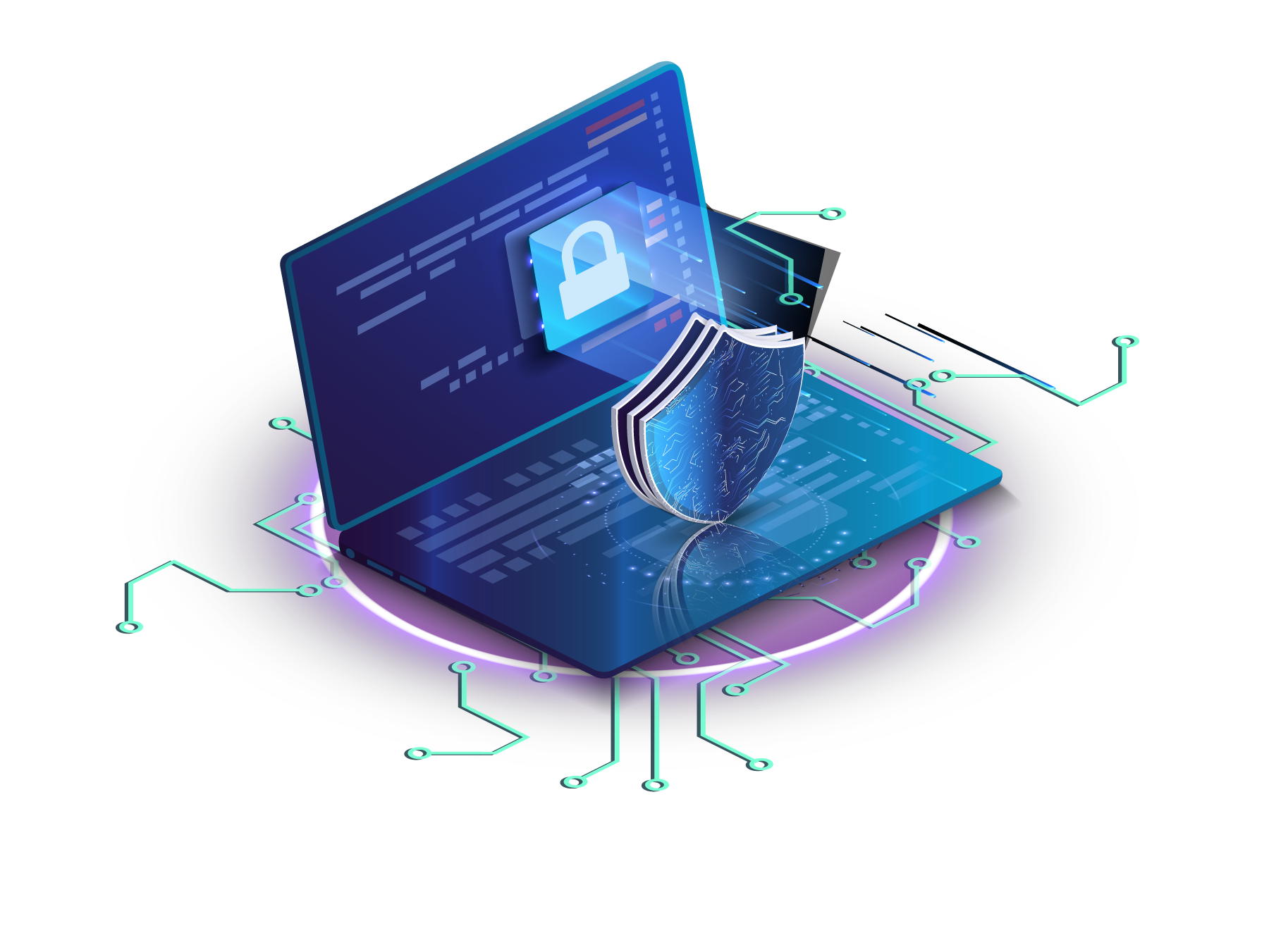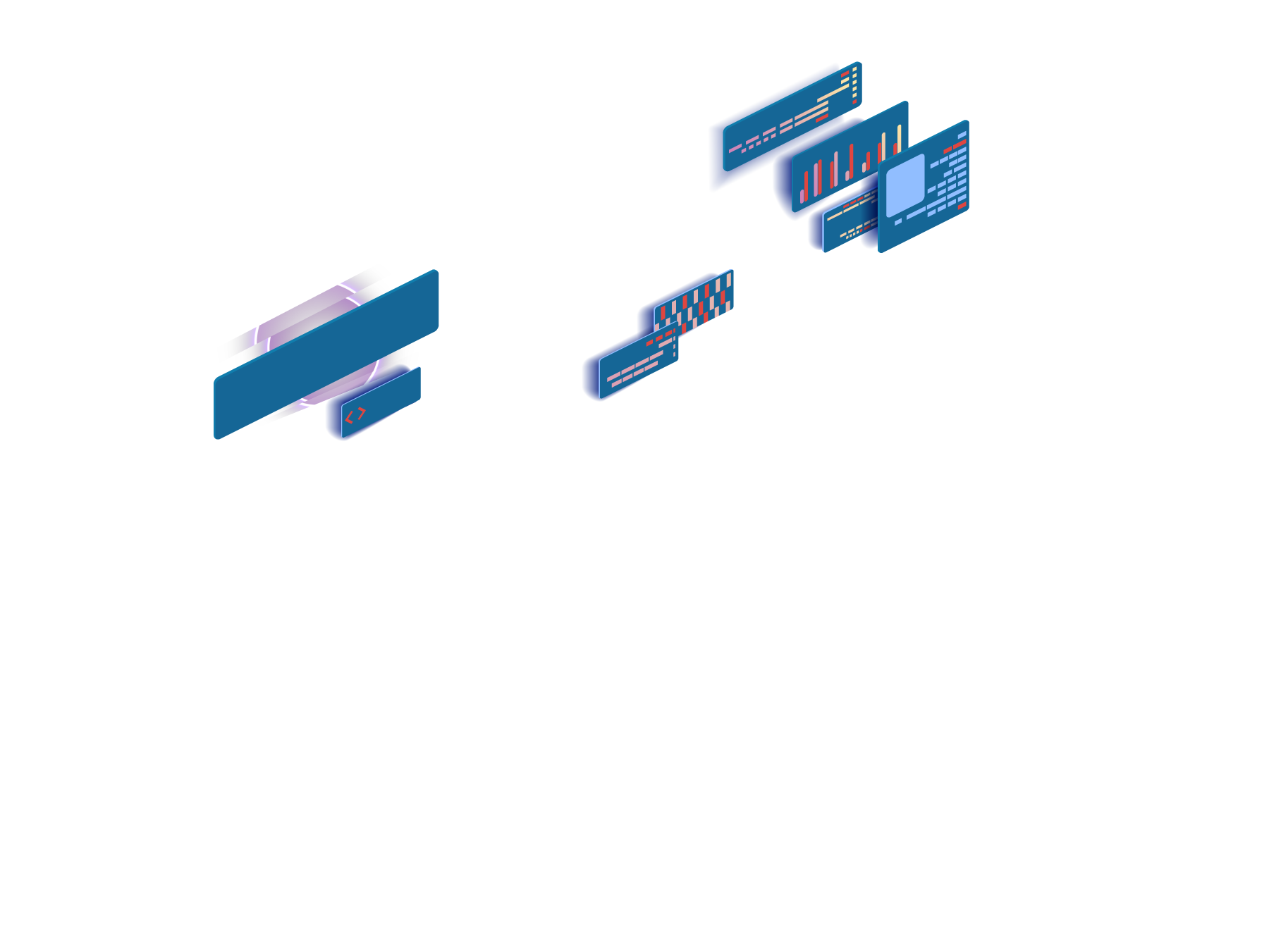©2025 Abzorbed IT Solutions | Privacy Policy
Website by Harrison Carloss







Cyber Security is a layered practice of protecting systems, networks, programs and people from digital attacks. It involves using hardware and software to prevent unauthorized access, data breaches, and other threats.
Cyber Security has never been more important than today, with the ever increasing adoption of digital transformations, increased devices and users; it is no surprise that more than half of the UK businesses have become comprised at some point. Protecting the business is a challenging role; this is why our team at Abzorbed IT Solutions helps you to understand your individual security gaps and vulnerabilities better. We review and provide solutions inline with your current technologies, processes, and practices so they are better designed to protect your network, devices, programs, and most importantly your business data from multi layered threats and attack vectors.
A strong cybersecurity strategy is vital to build a strong security posture against malicious attacks. Cyber criminals have become smarter and so have their tools when targeting businesses to access, alter, delete, destroy or exploit sensitive business data. The rise of ransomware, phishing has become increasingly disruptive for business operations but more profitable than ever for cyber criminals.
The growth of a connected world means we need to better understand the people, process and technologies. The most common existing and emerging threats for your organisation to consider are;
The world has changed allot since 1971, the first known experimental virus called ‘Creeper system’ was designed to replicate itself until the hard disk was full, making the machine unworkable. Today malicious software comes in many forms in which any file or program on your network can be used to harm a computer system and mostly unknowingly to the user. Millions of worms, viruses, Trojans and spyware infect PC’s monthly, so a more advanced and adequate protection is required. Technologies that rely on old heuristic virus engines and virus signature based technology are not as capable anymore.
Ransomware over the last decade has fast become a billion dollar business. It coincides with the rise of bitcoin which cyber criminals use to make their payment demands, it allows them the transaction to be untraceable when the the ransom fee is requested. Ransomware attackers use their software to lock the victim’s computer system files through encryption and then demand a payment to decrypt and unlock them. In the 2013 Cryptolocker infected half a million machines and the variants keep coming with notable mention that Gandcrab netted over $2 billion from victim payouts. This is why we can’t leave our systems to chance especially mission critical ones from Ransomware.
Sophisticated attacks such as APTs are all about stealth and known to be state funded attack vectors which can be both politically and economically motivated. These threats lay dormant for extended periods of time to build intelligence using social engineering, malware software and advanced techniques to realise their goal. The approach is very much about keeping ‘low and slow’ than a barrage of attacks. This is what makes them harder to detect and behaviour analysis and more advanced monitoring layers are required to mitigate these threats.
Zero day threats refer to computer software that can be hacked or vulnerabilities exploited through backdoor access. The vendors wouldn’t know about them so even if they do find out and release a fix, it will still need to be rolled out and the patch applied in good time before the attackers take advantage of the computer systems. Zero day threats are generally classed as a severe threat due to the nature of them been unknown until the systems are exploited. Attackers can use different vectors to exploit the vulnerabilities and popular among them is rogue website with malicious code embedded on the site or they can exploit vulnerabilities in the web browsers themselves, due to their popularity and distribution. There are a number of ways to reduce these exploits including automated patch management and advanced risk management software.
Social engineering is an attack that plays on human interaction to manipulate or trick users into gaining access to sensitive information that is typically protected. This attack vector doesn’t rely on software but more on people emotions and phycology. A social engineer (criminal) can get into your organisation through finding key information on social networks such as LinkedIn information about key employees to gain trust when calling into the organisation, they can pretend to be an existing employee and request new login credentials. Surprisingly these simple techniques have been successful in gaining access to government and businesses alike. The best way to reduce social engineering damage is through security awareness and training; we offer a range of training packages and security policy guidance including Penetration testing which includes social engineering aspects.
Phishing attacks have had a devastating affect on millions of users and are another form of social engineering. Phishing are mostly fraudulent emails or text messages sent that look a lot like those sent from reputable or known sources. The main purpose of these messages is to steal sensitive data, such as login information and credit/debit cards. Alongside more advanced security for email, we recommend security awareness through training.
Unlike Phishing attacks which are sent as mass distribution casting a wider net, spear phishing is targeted towards individuals in organisations to exploit payments and data breaches. A strong layered approach is required which reduces the amount of information available to the attackers and how employees can report and spot spear phishing attempts.
Insider threats are malicious or sometimes involve a level of negligence. The human element of security is central to all organisations and overlooking this key driving force can have major pitfalls when it comes to security breaches, reputation and loss of profits. Compliance and strong security strategy with security training and stronger policies can reduce the affects. With working from home becoming the new normal, we are helping businesses further track and monitor employee behaviour to continue to stay compliant with business policies, process and procedures.
Networks no matter how small or large will need layered security to prevent attacks on your network devices. As the networks get more and more complex so is the management and risk awareness required to keep your vulnerabilities low. We can help you through this mine field from a simple firewall policy audit, pci compliance implementation to much deeper dive solutions that you may you require to give you a single pane of glass. SEIM solutions require expert knowledge and resource, so we have teamed up with a number of vendors to bring the best of breed technology together for behaviour analysis of your network traffic and users. We have your wired, wireless, physical and virtual devices all covered. If you want your security fully managed we offer you the equivalent of a Virtual Cyber Security and Information Officer with a dedicated CSOC (Cyber Security Operations Centre) team at your side around the clock.
DDoS attacks are not a new threat but it continues to be used by organised criminal hacker groups. DDoS attacks utilise and control compromised machines using Botnets to attack organisations servers or websites. The hundreds and thousands of nodes can be used to flood packets of inmformation or connection requests to their target resulting in legitimate users unable to reach or use their services. DDoS attacks can be aimed at the network, transport or application layer protocols. Preventative measures can be taken including patch management solutions and regular audits to help reduce any downtime and business impact from such attack vectors.
 Scroll
Scroll